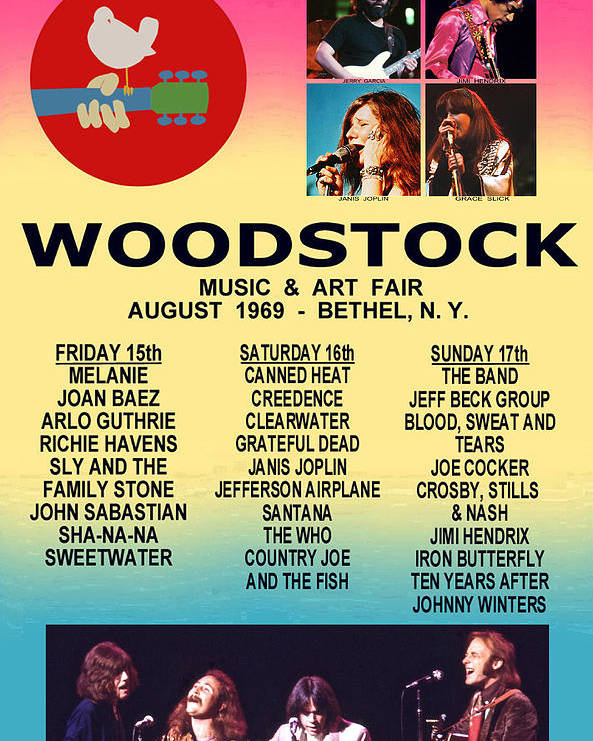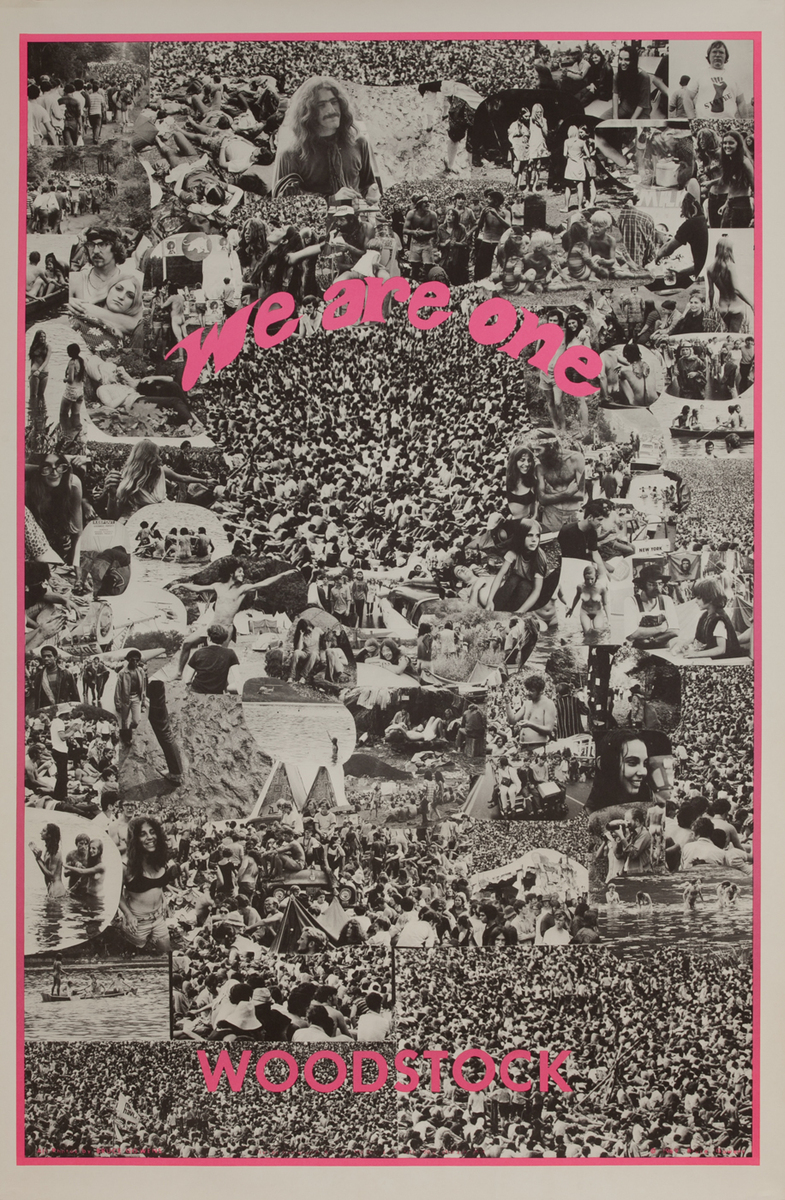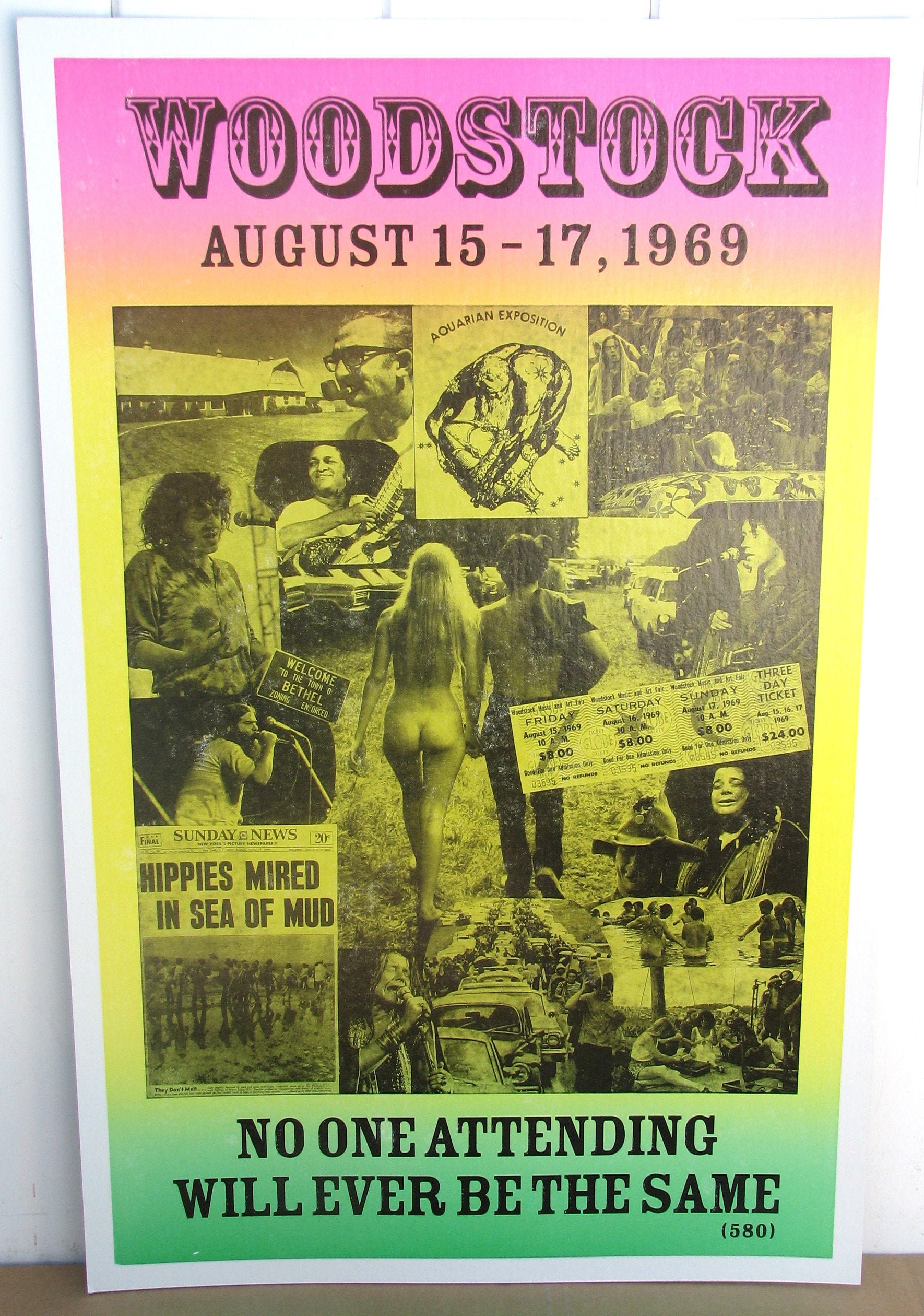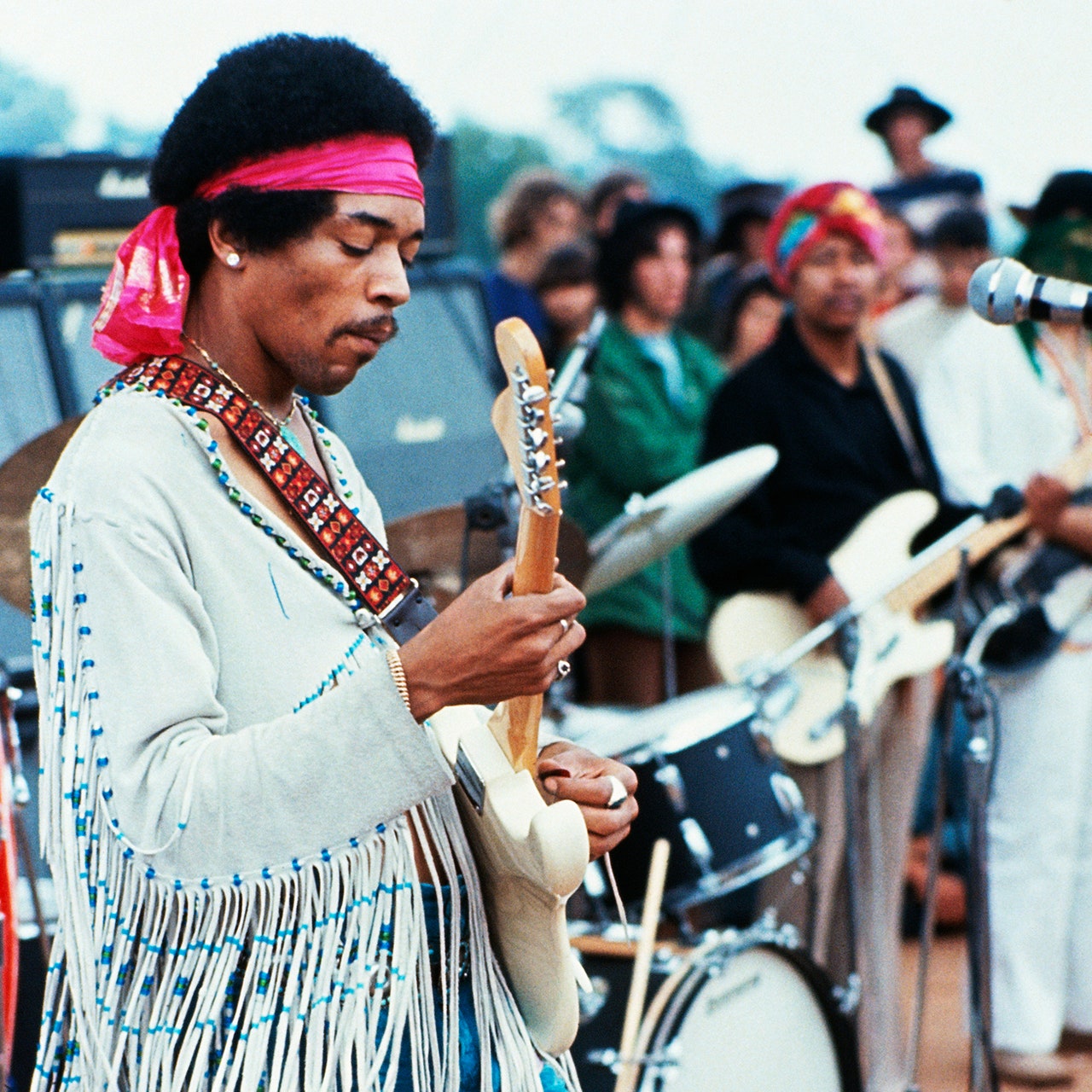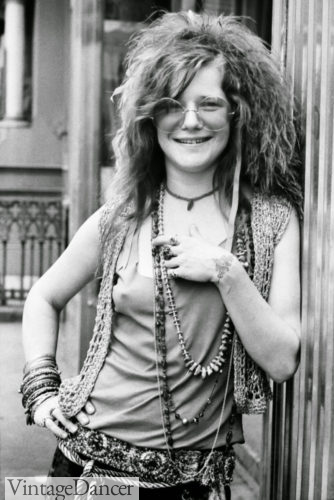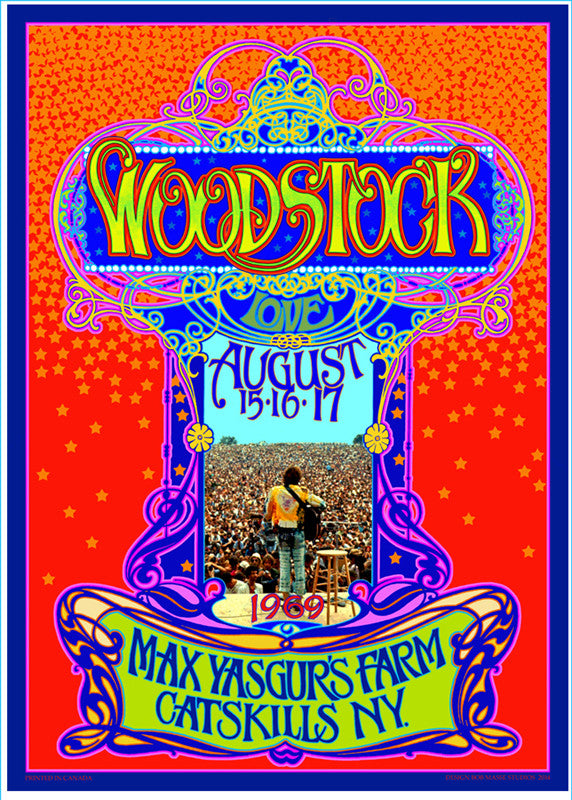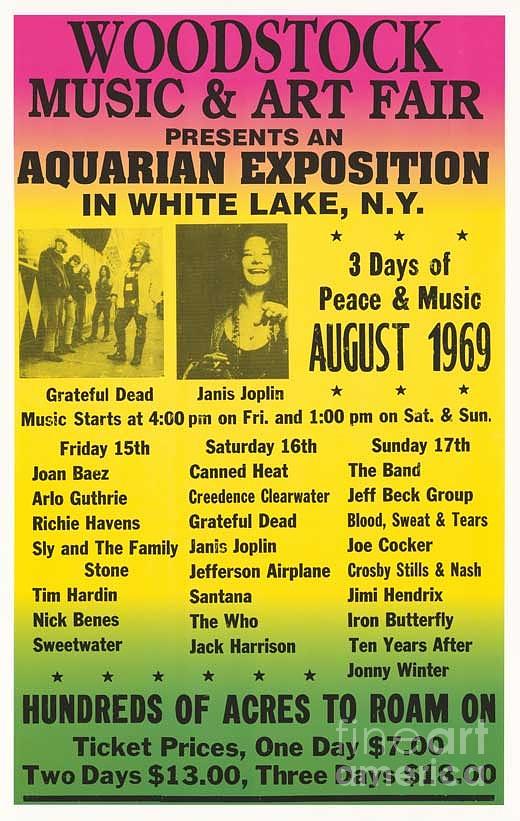Blog
Ike Abrams Quebec (August 17, 1918 – January 16, 1963) was an American jazz tenor saxophonist. He began his career in the big band era of the 1940s, then fell from prominence for a time until launching a comeback in the years before his death.
Critic Alex Henderson wrote, “Though he was never an innovator, Quebec had a big, breathy sound that was distinctive and easily recognizable, and he was quite consistent when it came to down-home blues, sexy ballads, and up-tempo aggression.”
Quebec was born in Newark, New Jersey, United States. An accomplished dancer and pianist, he switched to tenor sax as his primary instrument in his early twenties, and quickly earned a reputation as a promising player. His recording career started in 1940, with the Barons of Rhythm. Quebec’s comeback was short-lived; it was ended by his death in January 1963, at the age of 44 from lung cancer. He is buried at Woodland Cemetery, Newark, New Jersey.
more...Two large galaxies are merging at the center of this sharp telescopic field of view. The interacting system cataloged as Arp 93 is some 200 million light-years distant toward the constellation Aquarius in planet Earth’s sky. Individually the galaxies are identified as NGC 7285 (right) and NGC 7284. Their bright cores are still separated by about 20,000 light-years or so, but a massive tidal stream, a result of their ongoing gravitational interaction, extends over 200,000 light-years toward the bottom of the frame. Interacting galaxies do look peculiar, but are now understood to be common in the Universe. In fact, closer to home, the large spiral Andromeda Galaxy is known to be approaching the Milky Way. Arp 93 may well present an analog of their distant future cosmic embrace.
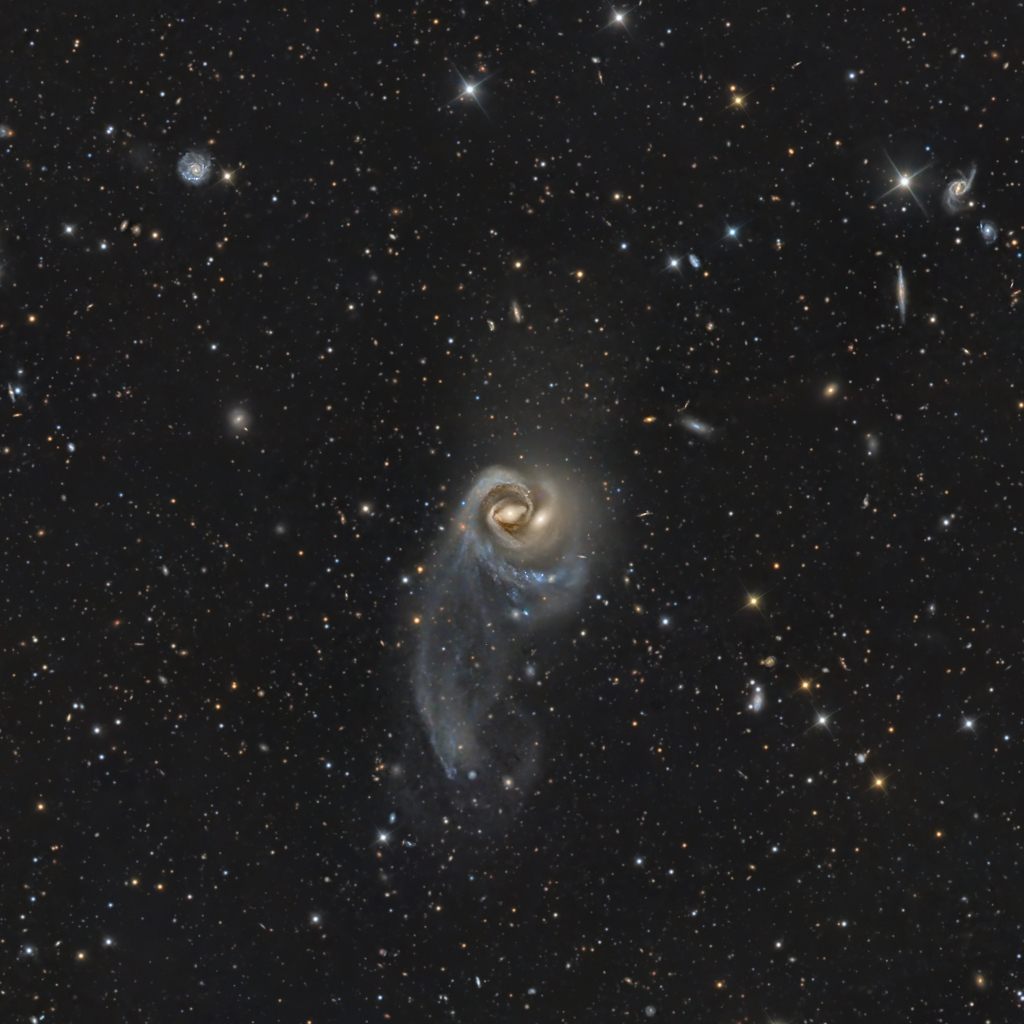
Madonna Louise Ciccone ; born August 16, 1958 Bay City, MI) is an American singer, songwriter, and actress. Known as the “Queen of Pop“, Madonna has been widely recognized for her continual reinvention and versatility in music production, songwriting, and visual presentation. She has pushed the boundaries of artistic expression in mainstream music, while continuing to maintain control over every aspect of her career. Her works, which incorporate social, political, sexual, and religious themes, have generated both controversy and critical acclaim. A prominent cultural figure crossing both the 20th and 21st centuries, Madonna remains one of the most “well-documented figures of the modern age“,[3] with a broad amount of scholarly reviews, and literature and art works on her, as well as an academic mini subdiscipline devoted to her named Madonna studies.
Madonna moved to New York City in 1978 to pursue a career in modern dance. After performing as a drummer, guitarist, and vocalist in the rock bands Breakfast Club and Emmy, she rose to solo stardom with her debut studio album, Madonna (1983). She followed it with a series of successful albums, including all-time bestsellers Like a Virgin (1984), True Blue (1986) and The Immaculate Collection (1990), as well as Grammy Award winners Ray of Light (1998) and Confessions on a Dance Floor (2005). Madonna has amassed many chart-topping singles throughout her career, including “Like a Virgin“, “La Isla Bonita“, “Like a Prayer“, “Vogue“, “Take a Bow“, “Frozen“, “Music“, “Hung Up“, and “4 Minutes“.
Madonna’s popularity was enhanced by roles in films such as Desperately Seeking Susan (1985), Dick Tracy(1990), A League of Their Own (1992), and Evita (1996). While the lattermost won her a Golden Globe Award for Best Actress, many of her other films were not as well received. As a businesswoman, Madonna founded the company Maverick in 1992. It included Maverick Records, one of the most successful artist-run labels in history. Her other ventures include fashion brands, written works, health clubs, and filmmaking. She contributes to various charities, having founded the Ray of Light Foundation in 1998 and Raising Malawi in 2006, and advocates for gender equality and LGBT rights.
With sales of over 300 million records worldwide, Madonna is the best-selling female recording artist of all time. She is the most successful solo artist in the history of the U.S. Billboard Hot 100 chart and has achieved the most number-one singles by a woman in Australia, Canada, Italy, Spain, and the United Kingdom. With a revenue of over US$1.5 billion from her concert tickets, she remains the highest-grossing female touring artist worldwide. Forbes has named Madonna the annual top-earning female musician a record 11 times across four decades (1980s–2010s). She was inducted into the Rock and Roll Hall of Famein 2008, her first year of eligibility. Madonna was ranked as the greatest woman in music by VH1, and as the greatest music video artist ever by MTV and Billboard. Rolling Stone also listed her among its greatest artistsand greatest songwriters of all time.
more...Carl Perkins (August 16, 1928 – March 17, 1958) was an American jazz pianist.
Perkins was born in Indianapolis but worked mainly in Los Angeles. He is best remembered for his performances with the Curtis Counce Quintet, which also featured Harold Land, Jack Sheldon and drummer Frank Butler. He also performed with Tiny Bradshaw, Big Jay McNeely in 1948–49, and played dates with Miles Davis in 1950. Following a short stint in the Army (January 1951 to November 1952), he worked intermittently with the Oscar Moore Trio (1953-1955) and the Clifford Brown–Max Roach group in 1954. He recorded with Frank Morgan in 1955, and with his own group in 1956. Perkins composed the standard“Grooveyard”.
His playing was influenced by his polio-affected left arm, which he held parallel to the keyboard. He used his elbow to play deep bass notes. He was thus known as “the crab”.
He died of a drug overdose at age 29, in Los Angeles, California. He recorded one album, Introducing Carl Perkins, and a short series of singles under his own name. Authors Paul Tanner, Maurice Gerow, and David Megill cite Perkins as one of the best “funky”, or hard bop, piano players, but his early death prevented him from leaving a legacy.
more...William John Evans (August 16, 1929 – September 15, 1980) was an American jazz pianist and composer who worked primarily as the leader of his trio. His use of impressionist harmony, interpretation of traditional jazz repertoire, block chords, and trademark rhythmically independent, “singing” melodic lines continues to influence jazz pianists today.
Born in Plainfield, New Jersey, United States, he was classically trained at Southeastern Louisiana Universityand the Mannes School of Music, in New York City, where he majored in composition and received the Artist Diploma. In 1955, he moved to New York City, where he worked with bandleader and theorist George Russell. In 1958, Evans joined Miles Davis‘s sextet, which in 1959, then immersed in modal jazz, recorded Kind of Blue, the best-selling jazz album ever.
In late 1959, Evans left the Miles Davis band and began his career as a leader, with bassist Scott LaFaro and drummer Paul Motian, a group now regarded as a seminal modern jazz trio. In 1961, two albums were recorded at an engagement at New York’s Village Vanguard jazz club, Sunday at the Village Vanguard and Waltz for Debby; a complete set of the Vanguard recordings on three CDs was issued decades later. However, ten days after this booking ended, LaFaro died in a car accident. After months of seclusion, Evans reemerged with a new trio, featuring bassist Chuck Israels. In 1963, Evans recorded Conversations with Myself, a solo album produced with overdubbing technology. In 1966, he met bassist Eddie Gómez, with whom he worked for the next 11 years. During the mid-1970s Bill Evans collaborated with the singer Tony Bennett on two critically acclaimed albums: The Tony Bennett/Bill Evans Album (1975) and Together Again(1977).
Many of Evans’s compositions, such as “Waltz for Debby” and “Time Remembered“, have become standards, played and recorded by many artists. Evans received 31 Grammy nominations and seven awards, and was inducted into the DownBeat Jazz Hall of Fame.
Evans grew up in North Plainfield, New Jersey, the son of Harry and Mary Evans (née Soroka). His father was of Welsh descent and ran a golf course; his mother was of Ukrainian ancestry and descended from a family of coal miners.
more...Malcolm Earl “Mal” Waldron (August 16, 1925 – December 2, 2002) was an American jazz pianist, composer, and arranger. He started playing professionally in New York in 1950, after graduating from college. In the following dozen years or so Waldron led his own bands and played for those led by Charles Mingus, Jackie McLean, John Coltrane, and Eric Dolphy, among others. During Waldron’s period as house pianist for Prestige Records in the late 1950s, he appeared on dozens of albums and composed for many of them, including writing his most famous song, “Soul Eyes“, for Coltrane. Waldron was often an accompanist for vocalists, and was Billie Holiday‘s regular accompanist from April 1957 until her death in July 1959.
A breakdown caused by a drug overdose in 1963 left Waldron unable to play or remember any music; he regained his skills gradually, while redeveloping his speed of thought. He left the U.S. permanently in the mid-1960s, settled in Europe, and continued touring internationally until his death.
In his 50-year career, Waldron recorded more than 100 albums under his own name and more than 70 for other band leaders. He also wrote for modern ballet, and composed the scores of several feature films. As a pianist, Waldron’s roots lay chiefly in the hard bop and post-bop genres of the New York club scene of the 1950s, but with time he gravitated more towards free jazz. He is known for his dissonant chord voicings and distinctive later playing style, which featured repetition of notes and motifs.
Mal Waldron was born in New York City on August 16, 1925, to West Indian immigrants. His father was a mechanical engineer who worked on the Long Island Rail Road. The family moved to Jamaica, Queenswhen Mal was four years old.
more...The Ring Nebula (also catalogued as Messier 57, M57 and NGC 6720) is a planetary nebula in the northern constellation of Lyra. Such a nebula is formed when a star, during the last stages of its evolution before becoming a white dwarf, expels a vast luminous envelope of ionized gas into the surrounding interstellar space. The new images of the famous Ring Nebula from NASA’s James Webb Space Telescope are mesmerizing, with glowing rings of gas and wispy trails emanating from the core. We can see it in more clarity than ever, including thousands of clumps that make up its main ring.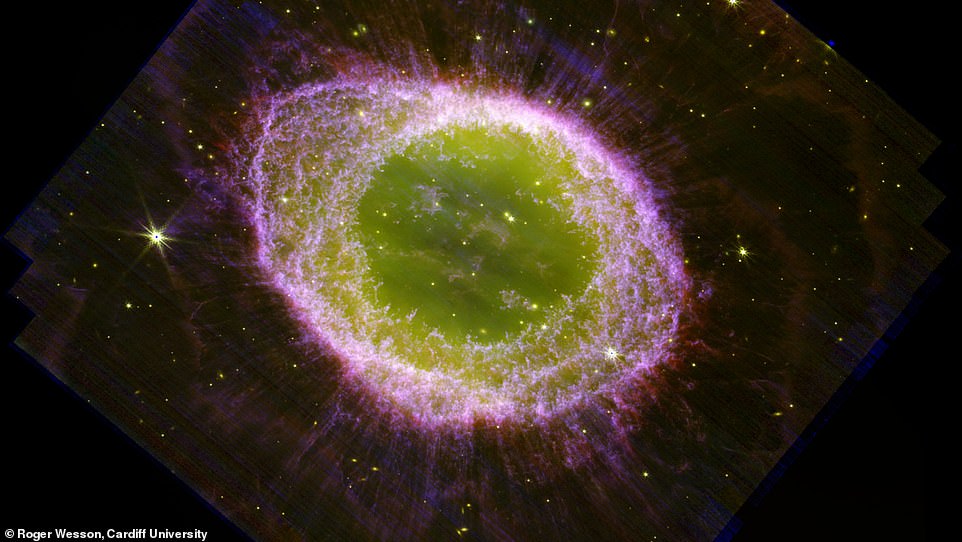
Nesbert “Stix” Hooper (born August 15, 1938) is an American drummer and founding member of The Crusaders.
Hooper developed an interest in music, drums, and percussion at an early age. Starting in middle school with band director George Magruder, he began devoting much of his time to the study of music. While he was a student at Wheatley High School (Houston), he formed the band the Swingsters, then the Modern Jazz Sextet. At Texas Southern University, he received coaching from members of the Houston Symphony Orchestra and other local professional musicians. After moving to the west coast, he studied music at California State University, Los Angeles and with private instructors and mentors. During the 1950s the Jazz Crusaders were formed.
more...Oscar Emmanuel Peterson CC CQ OOnt (August 15, 1925 – December 23, 2007) was a Canadian jazzpianist and composer. Considered a virtuoso and one of the greatest jazz pianists of all time, Peterson released more than 200 recordings, won eight Grammy Awards, as well as a lifetime achievement award from the Recording Academy, and received numerous other awards and honours. He played thousands of concerts worldwide in a career lasting more than 60 years. He was called the “Maharaja of the keyboard” by Duke Ellington, simply “O.P.” by his friends, and informally in the jazz community, “the King of inside swing”.
Peterson worked in duos with Sam Jones, Niels-Henning Ørsted Pedersen, Joe Pass, Irving Ashby, Count Basie, and Herbie Hancock. He considered the trio with Ray Brown and Herb Ellis “the most stimulating” and productive setting for public performances and studio recordings. In the early 1950s, he began performing with Brown and drummer Charlie Smith as the Oscar Peterson Trio. Shortly afterward Smith was replaced by guitarist Irving Ashby, who had been a member of the Nat King Cole Trio. Ashby, who was a swing guitarist, was soon replaced by Kessel. Their last recording, On the Town with the Oscar Peterson Trio, recorded live at the Town Tavern in Toronto, captured a remarkable degree of emotional as well as musical understanding among three players.
Peterson won eight Grammy Awards during his lifetime between 1975 and 1997. He is considered among the best jazz pianists and jazz improvisers of the twentieth century.
more...The truly massive galaxy cluster 2MASX J05101744-4519179 basks in the centre of this image from the NASA/ESA Hubble Space Telescope. This distant galaxy cluster is a cosmic leviathan that is highly luminous at X-ray wavelengths. Observing galaxy clusters like 2MASX J05101744-4519179 can advance our understanding of the evolution and interactions of dark and luminous matter in galaxy clusters, and also reveals powerful gravitational ‘telescopes’ that magnify distant objects through gravitational lensing. Knowing the location of these lenses can enable future observations with both Hubble and the NASA/ESA/CSA James Webb Space Telescope. The cluster 2MASX J05101744-4519179 is located in the constellation Pictor, around 2.6 billion light-years from Earth.
Two of Hubble’s instruments joined forces to create this image: Wide Field Camera 3 and the Advanced Camera for Surveys. Both are third-generation instruments that offer superb image quality and high sensitivity to astronomers studying a range of scientific questions. Both instruments provide images of wide areas of the night sky, but view slightly different parts of the electromagnetic spectrum. WFC3 spans the spectrum from the ultraviolet through to visible light and the near-infrared. In contrast to the wide panchromatic coverage of WFC3, ACS was optimised for visible-light observations.
Getting the best from Hubble requires instruments to use built-in corrective optics to account for the effects of the primary mirror’s aberration. During the construction of Hubble, a faulty instrument caused the primary mirror to be very precisely ground to slightly the wrong shape by only 0.0002 mm. A corrective instrument called COSTAR was developed to account for this tiny discrepancy, and later instruments like WFC3 and ACS were built with their own corrective optics.
[Image Description: A cluster of elliptical galaxies, visible as a crowd of oval shapes, each glowing around a bright core. The elliptical galaxy that appears largest by far is in the centre, with the other largest galaxies close to it. They are surrounded by a variety of more distant stars and galaxies, in many shapes and sizes but all much smaller, on a dark background.]
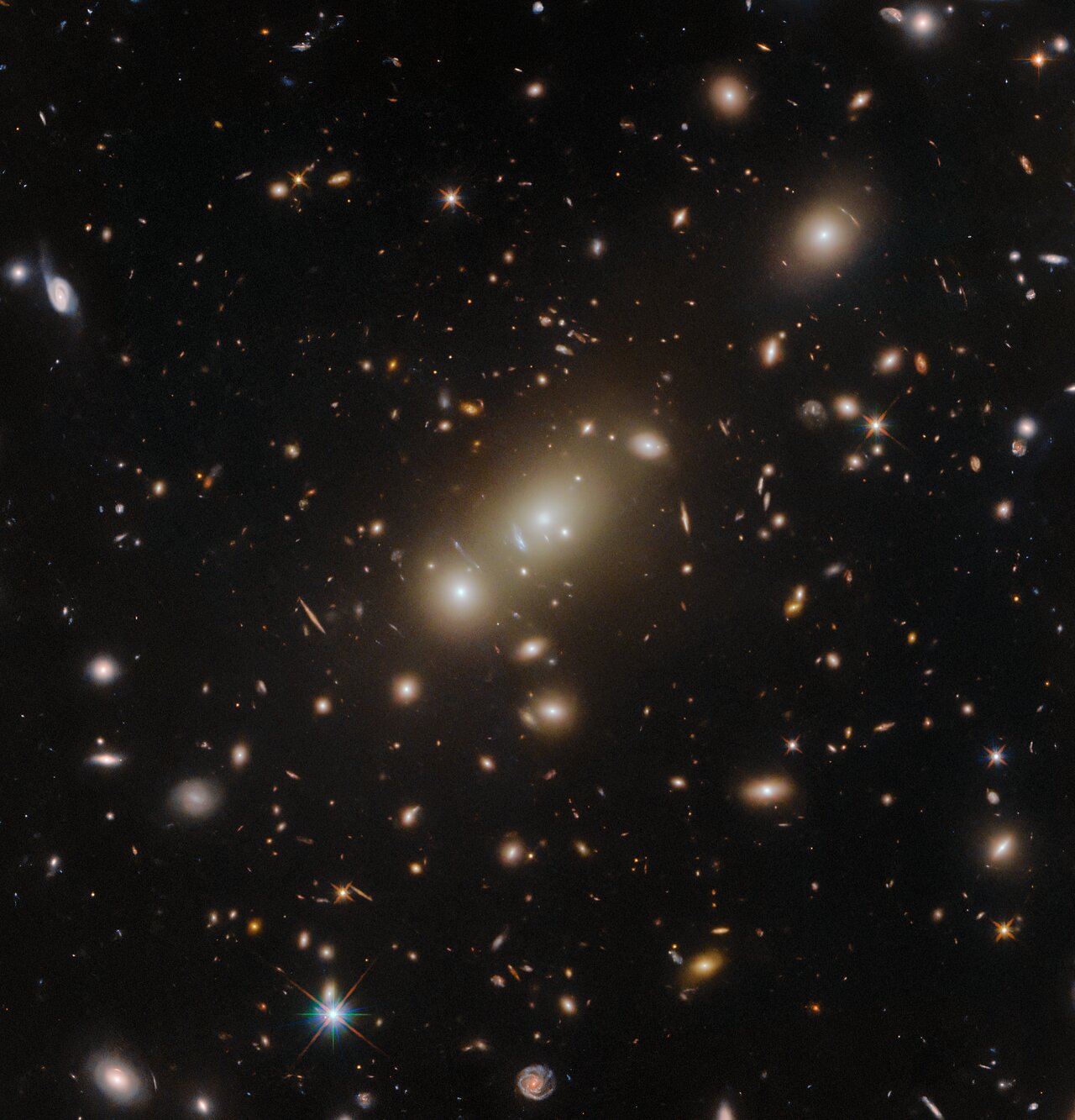
David Van Cortlandt Crosby (August 14, 1941 – January 18, 2023 LA, CA) was an American singer, songwriter, and guitarist. He first found fame as a member of the Byrds, with whom he helped pioneer the genres of folk rock and psychedelia in the mid-1960s, and later as part of the supergroup Crosby, Stills & Nash, who helped popularize the “California sound” of the 1970s. In addition to his music, Crosby was known for his outspoken personality, politics, and personal troubles; he was sometimes depicted as emblematic of the counterculture of the 1960s.
After a short time performing in the folk music scene, Crosby co-founded the Byrds in 1964. They scored their first number-one hit in 1965 with a cover of Bob Dylan‘s “Mr. Tambourine Man“. Crosby appeared on the Byrds’ first five albums and the original lineup’s 1973 reunion album. In 1968, he formed Crosby, Stills & Nash (CSN) with Stephen Stills and Graham Nash. After the release of their debut album, CSN won the Grammy Award for Best New Artist of 1969. The group later occasionally included Neil Young. The core trio of CSN remained active from 1976 until 2016, and the duo of Crosby & Nash also recorded three gold albums in the 1970s. Crosby, Stills, Nash & Young (CSNY) reunions were held in each decade from the 1970s through the 2000s.
Crosby released eight solo albums, albeit sporadically, over the course of his career. His solo debut was 1971’s If I Could Only Remember My Name. The last five of his solo albums, beginning with Croz (2014), came in the last decade of his life. Additionally, he formed a jazz-influenced trio with his son James Raymond and guitarist Jeff Pevar in CPR. He also appeared frequently on recordings by other artists, including Joni Mitchell, Jefferson Airplane, Jackson Browne, James Taylor, and David Gilmour.
Crosby’s combined work with the Byrds and CSNY has sold over 35 million albums. He was inducted into the Rock and Roll Hall of Fame twice: once for his work in the Byrds and again for his work with CSN. Five albums to which he contributed are included in Rolling Stone‘s list of “The 500 Greatest Albums of All Time“, three with the Byrds and two with CSN(Y).
He was also an occasional actor, appearing as a member of Captain Hook’s pirate crew in Hook (1991).
more...Ben Hirsh Sidran (born August 14, 1943) is an American jazz and rock keyboardist, producer, label owner, and music writer. Early in his career he was a member of the Steve Miller Band and is the father of Grammy-nominated musician, composer and performer Leo Sidran.
He was born in Chicago, Illinois, United States. Sidran was raised in Racine, Wisconsin, and attended the University of Wisconsin–Madison in 1961, where he became a member of The Ardells with Steve Miller and Boz Scaggs. When Miller and Scaggs left Wisconsin for the West Coast, Sidran stayed behind to earn a degree in English literature. After graduating in 1966, he enrolled in the University of Sussex, England, to pursue a PhD. While in England, he was a session musician for Eric Clapton, The Rolling Stones, Peter Frampton, and Charlie Watts.
more...Edwin James Costa (August 14, 1930 – July 28, 1962) was an American jazz pianist, vibraphonist, composer and arranger. In 1957, he was chosen as DownBeat jazz critics’ new star on piano and vibes – the first time that one artist won two categories in the same year. He became known for his percussive, driving piano style that concentrated on the lower octaves of the keyboard.
Costa had an eight-year recording career, during which he appeared on more than 100 albums; five of these were under his own leadership. As a sideman, he appeared in orchestras led by Manny Albam, Gil Evans, Woody Herman and others; played in smaller groups led by musicians including Tal Farlow, Coleman Hawkins, Gunther Schuller, and Phil Woods; and accompanied vocalists including Tony Bennett and Chris Connor. Costa died, aged 31, in a car accident in New York City.
Eddie Costa was born in Atlas, Pennsylvania, near Mount Carmel, in Northumberland County. He was taught and influenced on piano by his older, musically trained brother, Bill, and a local piano teacher. Eddie took paid jobs as a pianist from the age of 15. In contrast to his piano training, he was self-taught on vibes. In 1949, Costa played and toured for a few months with violinist Joe Venuti. He then worked for his brother in New York until, in 1951, Costa was drafted into the army. During his time in the armed forces, Costa performed in Japan and Korea. Upon release after two years, Costa again worked around the New York area, including for bands led by Kai Winding, Johnny Smith, and Don Elliott.
Late at night on July 28, 1962, Costa was killed in a car crash, involving no other vehicles, on New York’s Westside Highway at 72nd Street. He was survived by his wife and four children. This loss to music was summarized years later in the liner notes to one of his recordings: “No pianist with his combination of strength, humor, and drive has developed in the sixties or seventies, and as the years go by it becomes more apparent that we lost a unique creative musician”
more...More Posts
- Daily Roots with the Corporation
- Echos of Freedom by George Washington
- The Cosmos with NGC 2359
- Bill Doggett Day
- Machito Day
- World Music with Aly Bain and Phil Cunningham
- Daily Roots with Desmond Riley
- Echos of Freedom by Kahlil Gibran
- The Cosmos with NGC 6814
- Henry Threadgill Day
- Harold Arlen Day
- World Music with Antonia Jiménez
- Daily Roots with King Horror
- Happy Valentines Day 2019
- Echos of Freedom by Rabindranath Tagore
- The Cosmos with Westerhout 5
- Tim Buckley Day
- Merle Saunders Day
- Fernando Sor Day
- World Music with ALASH
